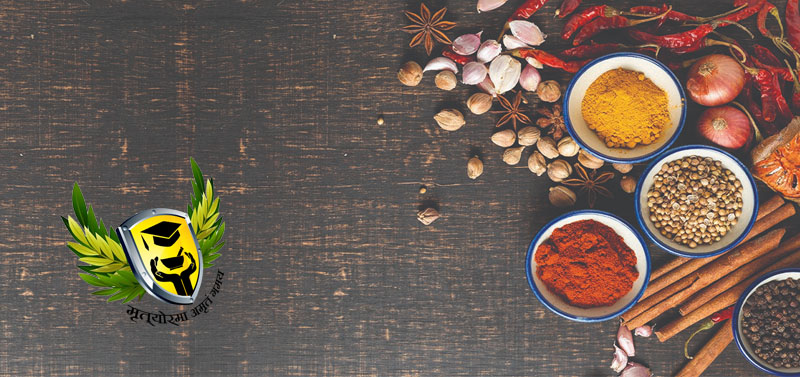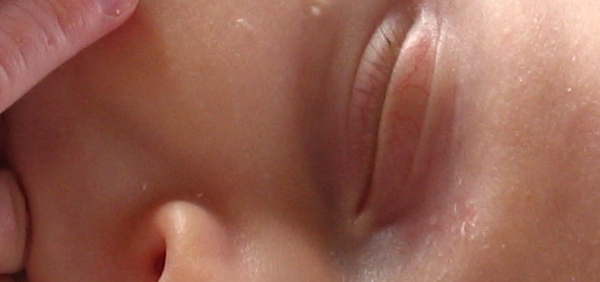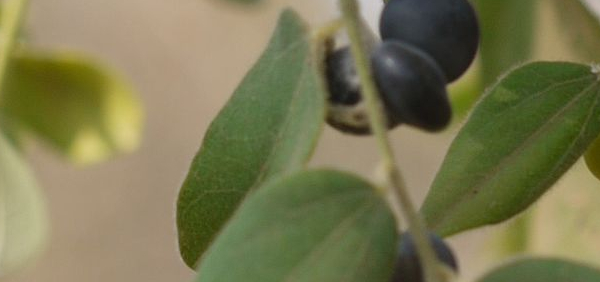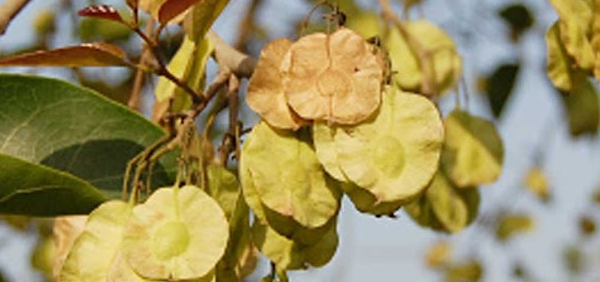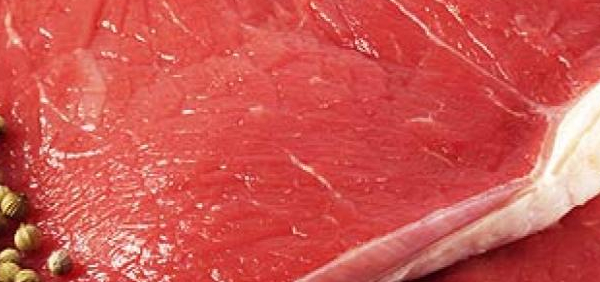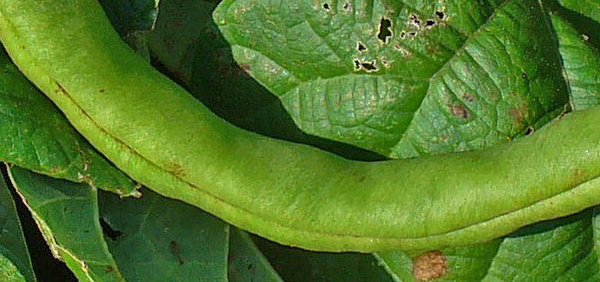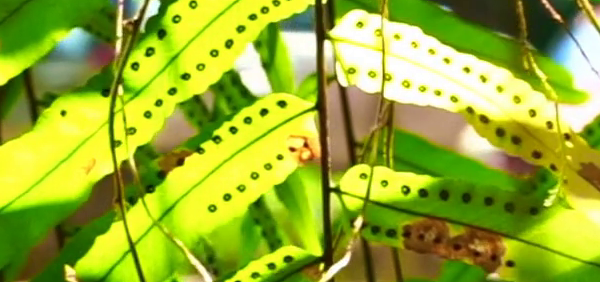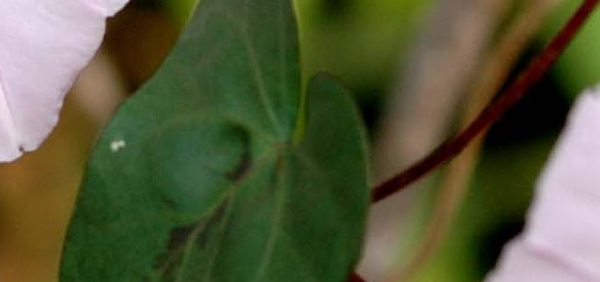kausumbha :
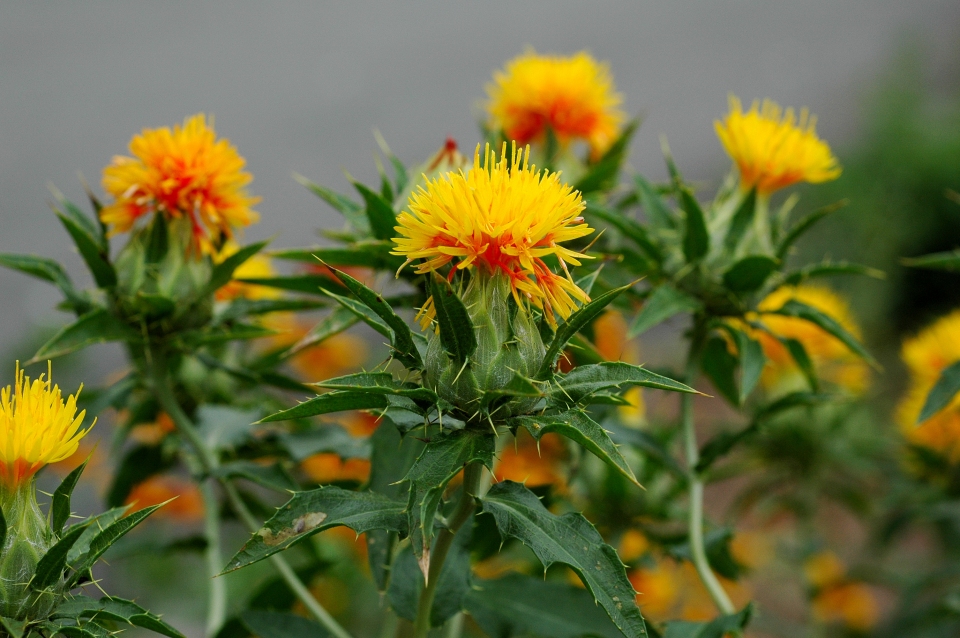
Cultivation:
Safflower is a cool (rabi) season crop. The optimum temperature for germination is about 15.5oC. The day temperature in the range 24-32oC at flowering are congenial for higher yields. It is cultivated from sea level to an elevation of 1000 m above sea level. The seed yield and oil content reduces with increasing elevation. When flower buds are being for med or flowering has just commenced, temperature below 0oC may cause considerable damage in the form of sterile heads. At seedling stage, however, the crop can tolerate much lower temperatures (-12 to –10 o C). High temperatures at the time of flowering are harmful to the crop. At all the stages of growth, excessive rainfall or humidity increases the infestation of fungal diseases. It is a day neutral plant. However, temperatures are more important than photoperiod in safflower. Short day lengths prolong rosette stage.
The crop is not fit for tracts of heavy rainfall. The crop grows well in areas having rainfall between 60-90 cm. Waterlogging due to poor drainage or prolonged rains can cause substantial reduction in yield. Frost is also harmful to the crop, especially at seed formation.
Propogation:
Seed - sow in situ. Germination usually takes place within 2 - 4 weeks at 15°cHarvesting:
The crop is ready for harvest when the leaves and most of the bracteoles become dry and brown. Hand gloves may be used to protect legs and hands against spines. Effect of spines could also be minimized by harvesting of crop before rising of sun. Multi-crop threshers and combine harvester could be used for harvesting and threshing.- » Classification and names of kausumbha
- » Synonyms and definitions of kausumbha
- » Drug Properties of kausumbha
- » Chemical Constituents of kausumbha
- » Standardization of kausumbha
- » Parts used and Dosage of kausumbha
- » Morphology and Histology of kausumbha
- » Distribution and Conservation of kausumbha
- » Cultivation of kausumbha
- » kausumbha in the market
- » Medicinal Uses of kausumbha
- » Researches and clinical trails of kausumbha
- » kausumbha in other sytems of medicine
- » Ayurvedic formulations with kausumbha
- » Images of kausumbha


